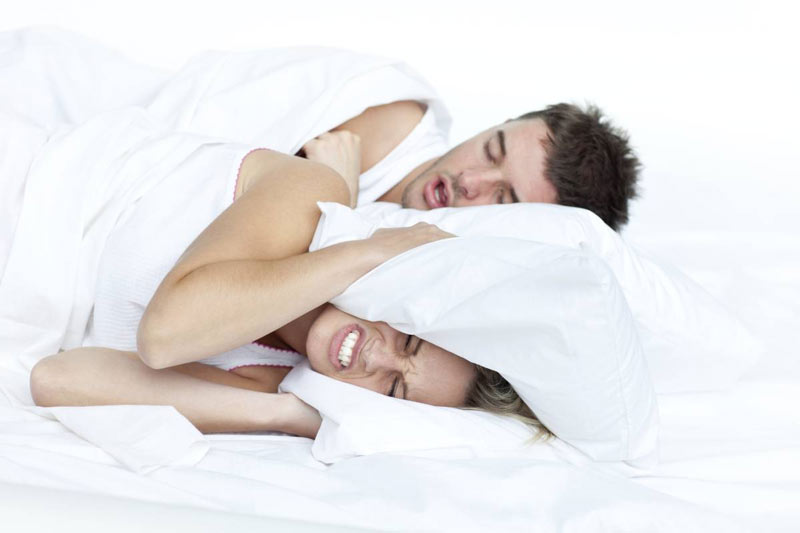Sleep Apnoea Summary
Sleep apnoea or sleep apnea (US English) occur when the walls of the throat come together or collapse during sleep, blocking off the upper part of the airway. A person with this disorder might have a sleep disturbance hundreds of times every night. Symptoms may include daytime sleepiness and poor concentration.
Sleep apnoea occurs when the walls of the throat come together during sleep, blocking off the upper airway. Breathing stops for a period of time (generally between a few seconds and up to one minute) until the brain registers the lack of breathing or a drop in oxygen levels and sends a small wake-up call. The sleeper rouses slightly, opens the upper airway, typically snorts and gasps, then drifts back to sleep almost immediately. In most cases, the person suffering from sleep apnoea doesn’t even realise they are waking up. The diagnosis of sleep apnoea is based on the combined evaluation of clinical symptoms (e.g. excessive daytime sleepiness and fatigue) and of the results of a formal sleep study – polysomnography.
Obstructive sleep apnea (OSA) is the most common category of sleep-disordered breathing. The muscle tone of the body ordinarily relaxes during sleep, and at the level of the throat the airway is composed of collapsible walls of soft tissue including the tonsils and mucosa which can obstruct breathing during sleep. Chronic obstructive sleep apnoea requires treatment to prevent low blood oxygen (hypoxemia), sleep deprivation, and other complications.
The risk of OSA rises with increasing body weight, active smoking and age. In addition, patients with diabetes or “borderline” diabetes have up to three times the risk of having OSA.
Sleep apnoea can affect people regardless of gender, race, or age, including children. Risk factors include being male, overweight, obese, or over the age of 40; or having a large neck size (greater than 16–17 inches), enlarged tonsils, enlarged tongue, small jaw bone, gastro-oesophageal reflux, allergies, sinus problems, family history of sleep apnoea, or deviated septum causing nasal obstruction.
Alcohol, sedatives and tranquilizers also promote sleep apnoea by relaxing the throat. People who smoke have sleep apnea at three times the rate of people who have never smoked. All the factors above may contribute to obstructive sleep apnoea.
Common symptoms include loud snoring, restless sleep, and sleepiness during the daytime. Snoring is a common finding in people with this syndrome. Snoring is due to the sound of air moving through the back of the mouth, nose, and throat. Although whilst not everyone who snores has difficulty breathing, snoring in combination with other conditions such as obesity has been found to be highly predictive of OSA risk.
References
- Click here for more information about snoring remedies.
- Click here for more information about sleep apnoea.
- wikipedia.org




